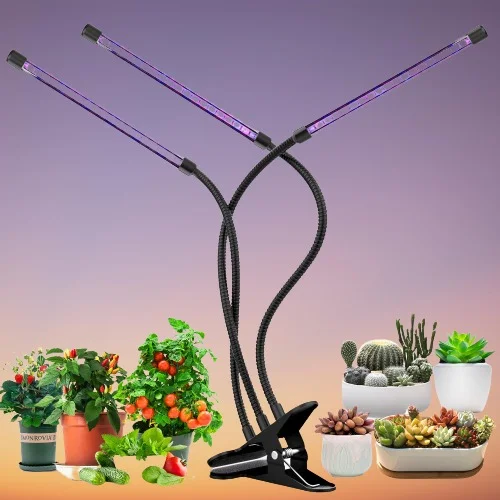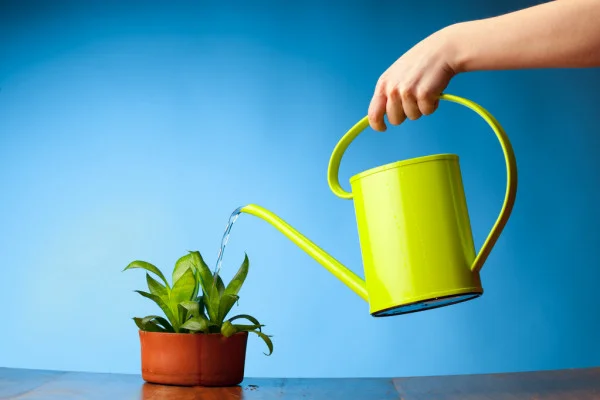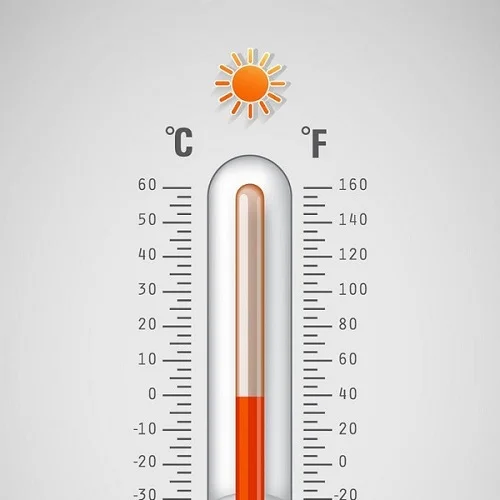How to Take Care of Houseplants in Winter
Some links in this post may be affiliate links
To keep your houseplants alive during winter, it is important to understand their specific requirements at this time of the year. Therefore, it is a good idea to research on the particular plant in question.
Generally, tropical plants are accustomed to growing in conditions which remain fairly constant through out the year. They do not have the same dormant period as those plants originating from the temperate regions. Therefore, to keep your plants alive in winter, try to mimic the winter conditions of the regions where they originate from.
Houseplants winter care involves increasing lighting, reducing watering, cleaning the leaves, maintaining warm temperatures, raising humidity, withholding feeding among others. We have herebelow discussed some general guidelines on winter care for houseplants but always keep in mind that the winter requirements are plant specific.
Houseplants Winter Care Guide
1. Increase Lighting
Plants require sufficient amounts of light for photosynthesis, the process by which they make food need for growth to keep them alive. The light amount and intensity are greatly reduced in winter. The days are shorter and the sun rays are less intense.

Therefore to keep your plants alive, you may need to move them to a more brighter spot or even instal grow lights to ensure that they are receiving adequate amounts of light for photosynthesis. Take a look at these full spectrum grow lights on Amazon.
If you fail to provide adequate light, the plants may stop growing and may even die. Regularly give the pots a 1/4 turn to ensure that the plant receives light on all sides for uniform growth to prevent lopsided growth.
2. Clean the Leaves
Clean the leaves occasionally by damp-wiping with a soft cloth to get rid of dust so that they can absorb as much light as possible. Regular cleaning of the leaves also discourages pest and disease infestations.
3. Reduce Watering
In winter plant growth is minimal and the plants do not require lots of water like in summer. Cut down on watering in winter to keep the soil slightly moist for tropical plants and barely moist for succulents. Desert Cacti do not need to be watered during this period as they are in dormant stage.

Keep in mind that most houseplants are killed by overwatering than by any other single cause. Insert your index finger into the soil up to about 2 inches deep and rub the soil between your fingers. If it feels dry, water the plant but if it feels wet do not water.
Make sure that the pot has a drainage hole and that the soil is drains easily to prevent it from getting soggy to avoid root-rot and eventual death of the plant. Always empty the saucer or plant after watering and ensure that all the excess water has drained out of the soil.
Water the plant with water that is at room temperature (tepid) as too cold water can lead to plant shock resulting in reduced growth and death of the plant.
4. Maintain Warm Temperatures
Most houseplants require an average warmth of 15-270C. A room temperature that is comfortable for you is ideal for these plants. To maintain average warmth, keep your plants away from both cold and hot drafts.

Cold drafts from windy doors, drafty windows, fans and others may result in sudden drops in temperatures while hot drafts from hot surfaces, furnaces, heaters, radiators among others will lead to extremely high temperatures. These flactuations in temperatures will cause reduced growth and death of the plant.
5. Raise Humidity
In winter air humidity is greatly reduced due to the high temperatures emanating from the heating systems. Too low humidity may lead to death of houseplants especially tropical plants. To increase humidity, set the pot on a wet pebble tray or use a cool mist humidifier.

You may also group the plants together so that they can benefit from the moist air around them. Growing plants in a well-lit bathroom, kitchen, laundry area and other humid areas in the home is also a great option. Ensure that there is good air circulation to discourage fungal diseases. Check out these techniques on how to elevate humidity for houseplants.
6. Withhold Feeding
Plant growth in winter is minimal. Therefore, most houseplants do not need feeding at this time. Withhold feeding in winter because it may cause fertilizer burn of the roots and eventual death of the plant. Resume feeding in spring when you note signs of new growth.
7. Look out for Pests
Houseplants may be infested by pests during winter. The warm, stuffy conditions at this time encourage proliferation of pest populations. Common pests include spider mites, scales, mealy bugs and aphids which suck the plant sap and can lead to dehydration, wilting and death of the plant.
Regularly, inspect your plants for these pests and take timely control measures. Isolate any affected plant to prevent spread to the rest of the plants and treat it with horticultural oil or insecticidal soap. Make sure to follow the manufacturers instructions.
You liked it? Share on social media.
Related Content
Amazon Associates Disclosure
Homeplantsguide.com is a participant in the Amazon Services LLC Associates Program, an affiliate advertising program designed to provide a means for sites to earn advertising fees by advertising and linking to amazon.com.


